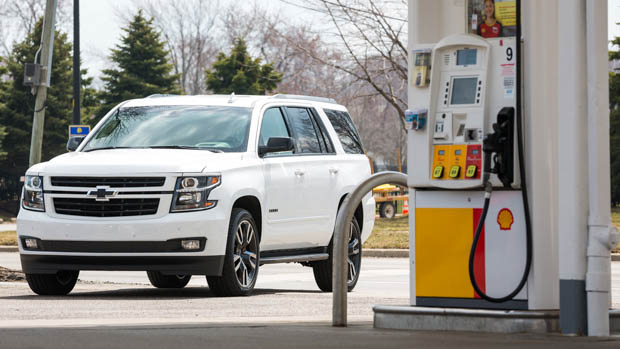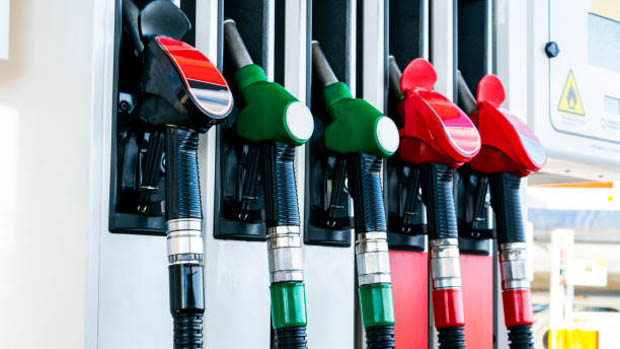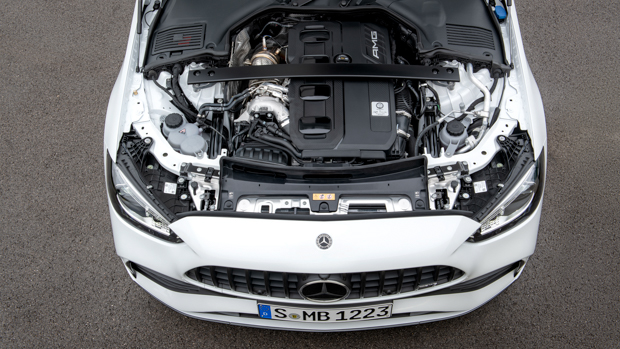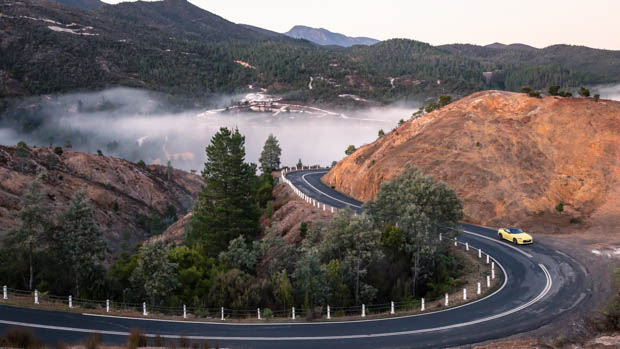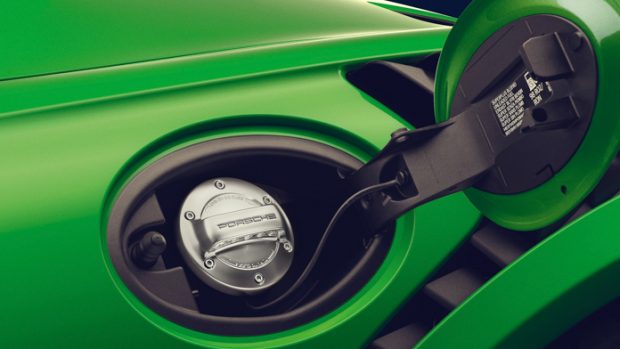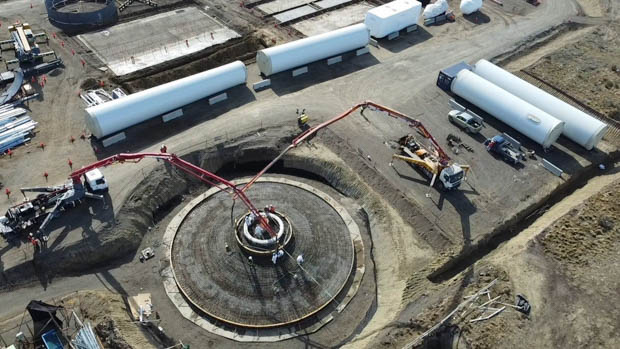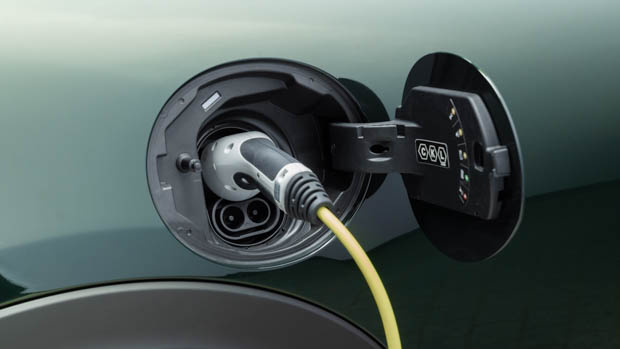-
Car Reviews
- All reviews
- Midsize SUVs
- Small cars
- Utes
- Small SUVs
- Large SUVs
- Large cars
- Sports SUVs
- Sports cars
- Vans
Latest reviews
- Car News
-
Car Comparisons
Latest comparisons
- Chasing Deals
The fuel excise relief will end at 11:59pm on Wednesday 28 September, but the Australian government claims there won’t be an immediate spike in cost
For the past six months, Australian motorists have been paying for fuel at a reduced price thanks to a 50 percent cut in the fuel excise initiated by the federal government.
This means that the fuel excise or tax will return from 22.1 cents per litre to 44.2 cents per litre on Wednesday 28 September. This could see the total cost of petrol and diesel to peak over two dollars per litre.
However, the Australian government says there won’t be an immediate spike on Wednesday night.
Federal Treasurer Jim Chalmers said in a press conference this week that there won’t be a sudden jump in petrol prices.
“The ACCC and the government expect that the price of petrol shouldn’t shoot up at the bowser on Wednesday night by the full 23 cents if the normal market pressures are in operation,” Mr Chalmers said.
The government says that there are over 700 million litres of fuel purchased at the lower excise, “so there are 700 million reasons why the petrol price will not shoot up by 23 cents on the night the excise ends,” Mr Chalmers continued.
Pricing will eventually go up, most likely during the first week or two of normal operation.
The fuel excise is an important revenue stream for the Australian government and is in place to support transport infrastructure. However, in the six months that the fuel excise was cut by 50 percent, the decrease saw the government lose around $3 billion in revenue, according to a Sydney Morning Herald report.
Money raised from the excise is meant to go back into the transport industry, including the improvement of roads, road safety and other infrastructure including public transport systems. The Australian government usually makes a reported $20 billion each year off the fuel excise initiative, however it was reported earlier this year that only half of that money was actually spent on improving roads.
The Australian Automobile Association (AAA) took a stance earlier this year that by reducing the excise, the negative impact on the upkeep of roads, transport and even basic things such as fixing potholes and lane markings would make the roads more of a risk for motorists.
The government finds itself in a tricky situation. Does it help consumers at the bowser by reducing fuel costs or take away road improvements that could have a big impact on road users in the coming years?
The fuel excise is essentially a government tax that, at its peak, is 44.2 cents of every litre of petrol or diesel sold.
Six months ago, the Australian government decided to halve the excise to 22.1 cents per litre to help motorists fill up for less during a turbulent time when the cost of crude oil skyrocketed, largely due to the Ukraine conflict, but also due to the various impacts from COVID-19.
With the transport industry now getting back into gear and people getting back behind the wheel, demand for fuel has gone up significantly.
Fuel prices are a complex thing and can be broken down into several factors including international cost of oil, refinement, storing and transportation, costs to retailers that operate service stations and government taxes such as the excise.
The average cost of E10 petrol in Sydney is currently 183.8 cents, with the seven-day average being 179.1 cents per litre. The lowest price for E10 petrol in Sydney this month was on September 12 where the cost was 159.2 cents per litre.
One week ago, E10 petrol was 171.7 cents per litre, so it has been steadily increasing.
When the excise goes back to its normal amount (44.2 cents per litre), this will push prices for E10 petrol to an estimated two dollars per litre.
For premium 95 octane, prices are sitting at 199 cents per litre, with the lowest price for this fuel in September being 178 cents per litre.
Diesel users are paying top dollar, with prices currently at 206.5 cents per litre, with the current price being the lowest it has been since the start of September. It is going down, but that won’t be for long.
There are plenty of fuel price finder apps out now that can assist you to find the best deal on fuel near your local area.
In NSW, there is a Fuel Check app run by the NSW Government to help motorists find the right price for them. You can select what sort of fuel you require and the system will do the rest.
In Victoria, you can use an app called Petrol Spy to find the cheapest fuel in your area. This app also services Queensland and South Australia, too, which could come in handy during a long interstate trip.
Even map software such as Waze can give you accurate pricing information for fuel when you are out and about.
Other tips and tricks include using efficient or ‘eco’ modes in your vehicle (where fitted), reducing constant use of air conditioning and driving in a more thrifty way.
Latest news
About Chasing cars
Chasing Cars reviews are 100% independent.
Because we are powered by Budget Direct Insurance, we don’t receive advertising or sales revenue from car manufacturers.
We’re truly independent – giving you Australia’s best car reviews.
